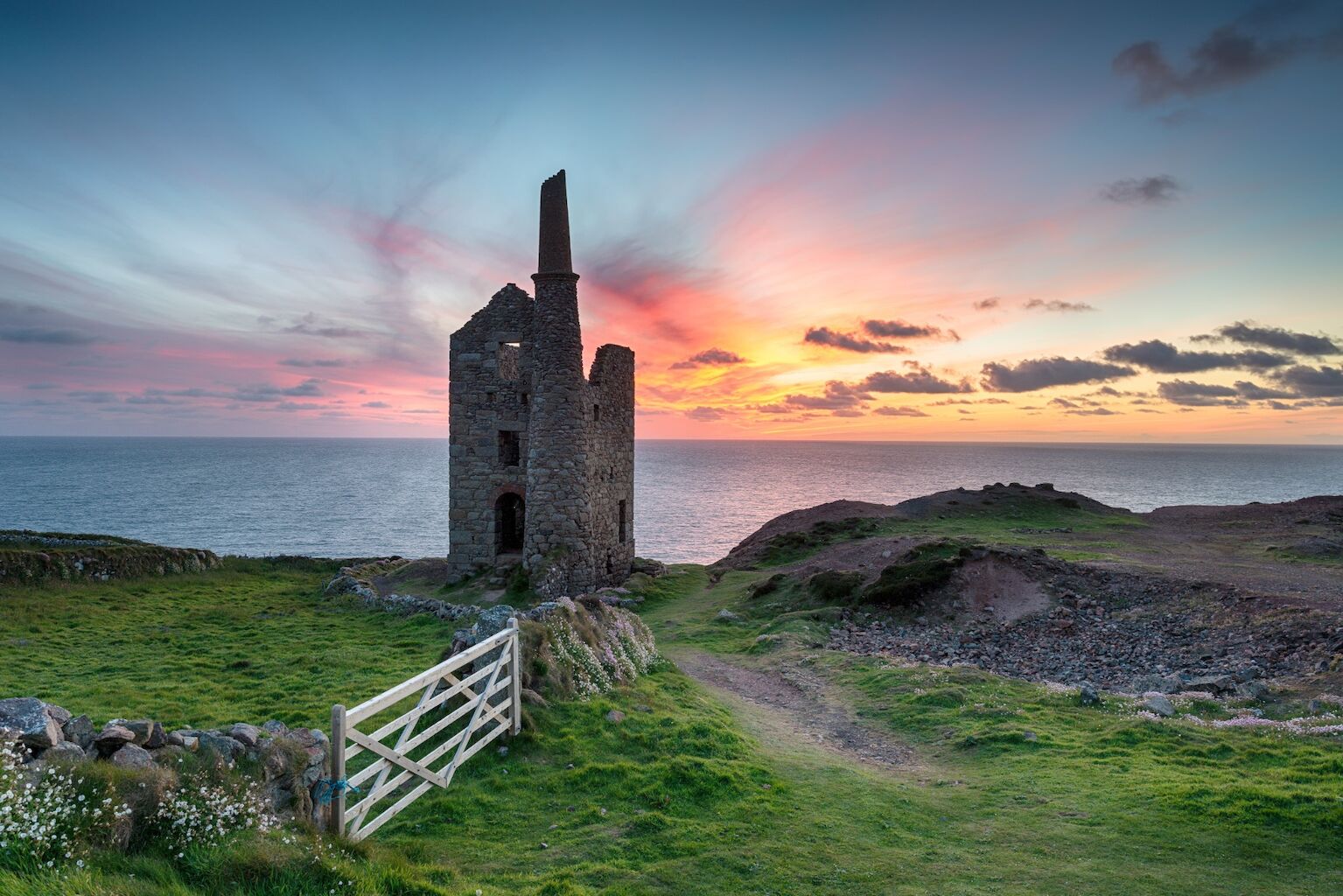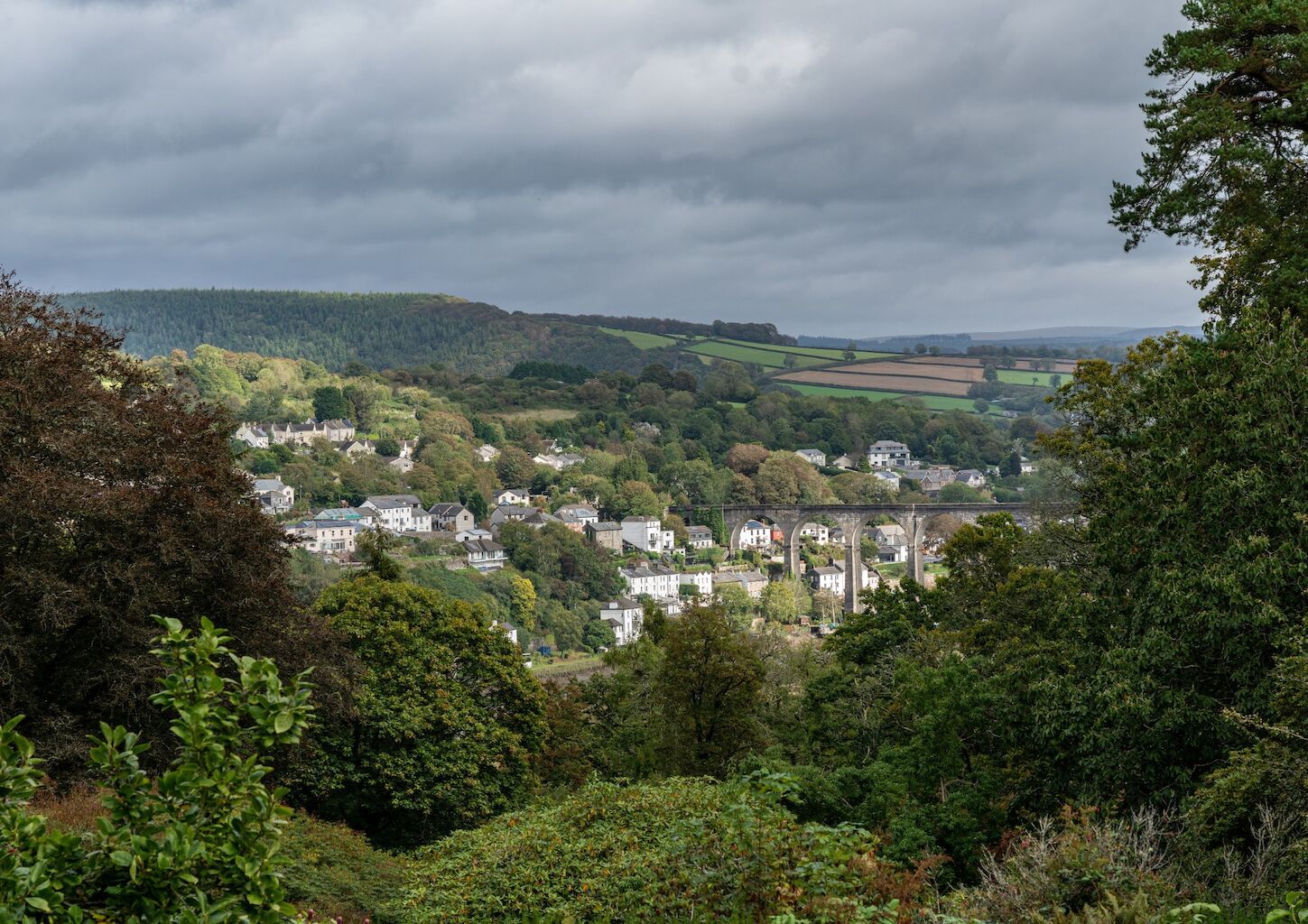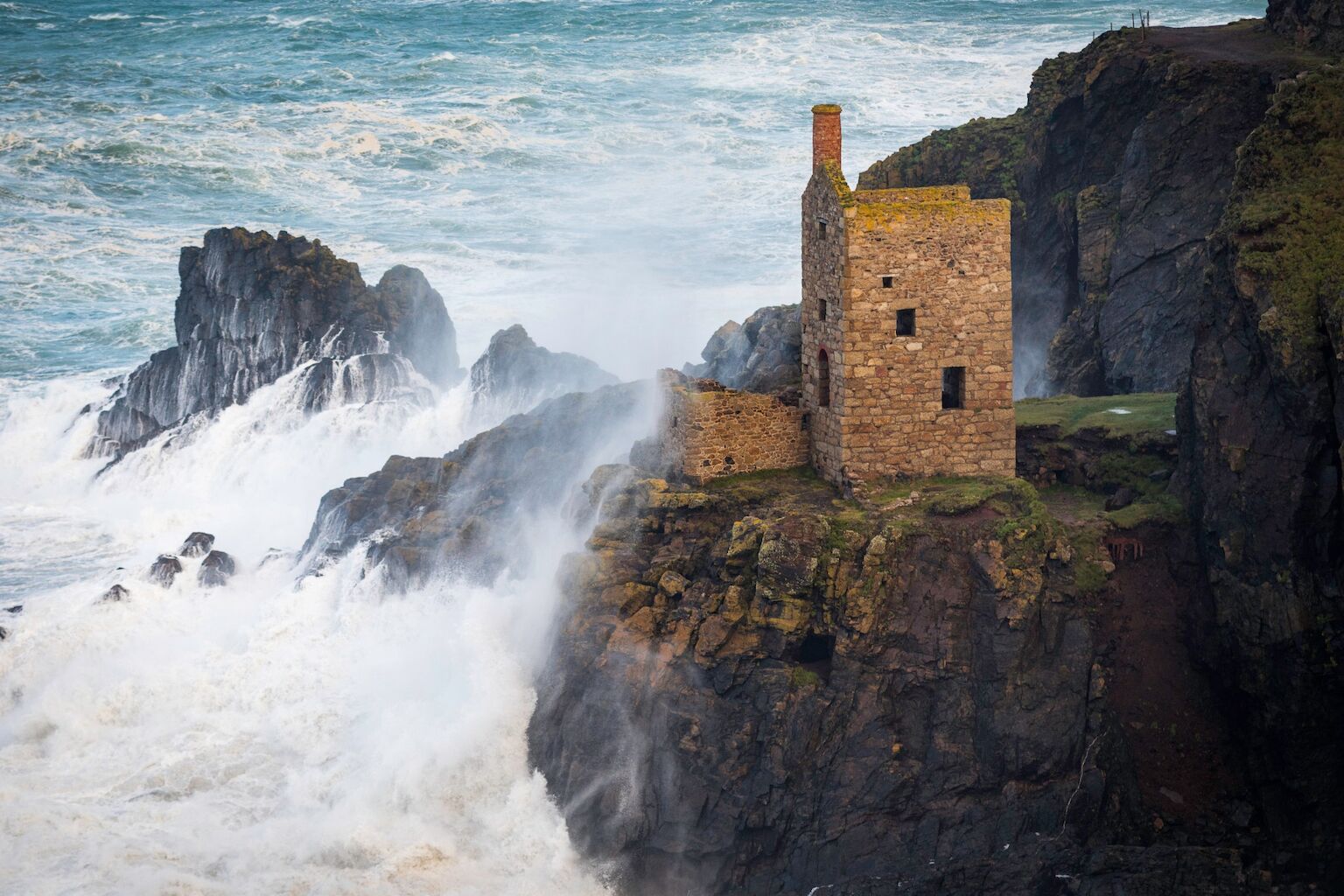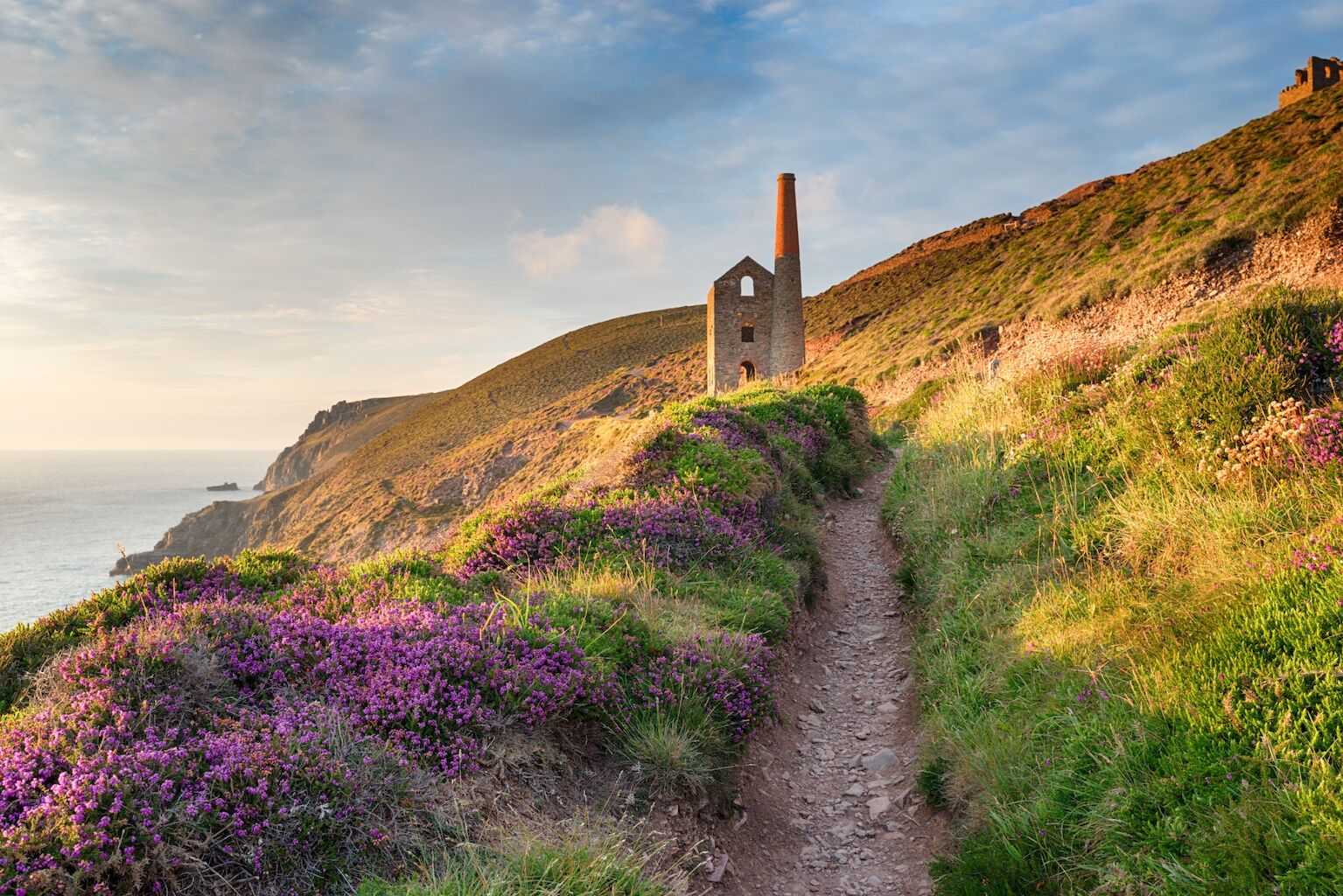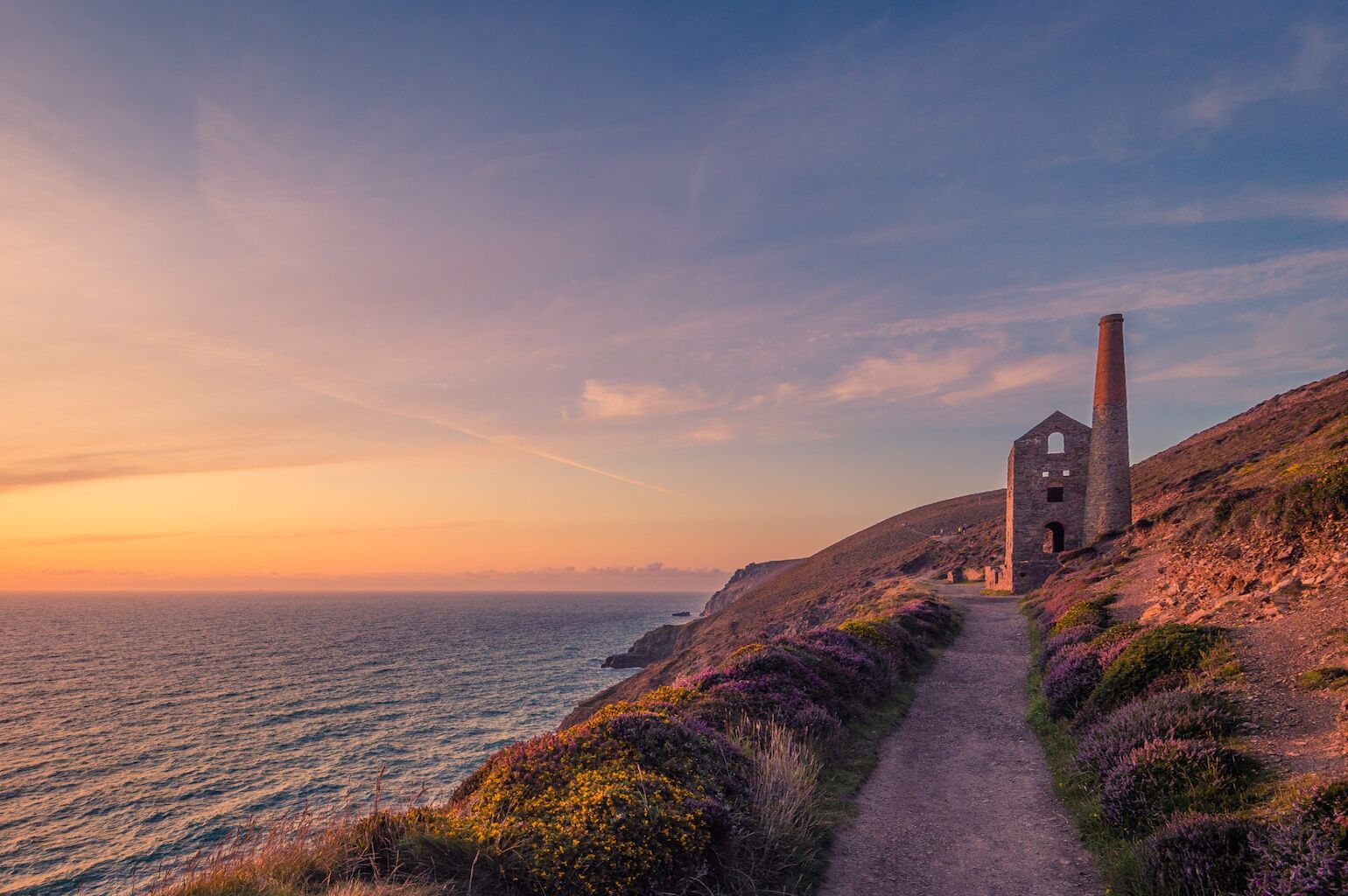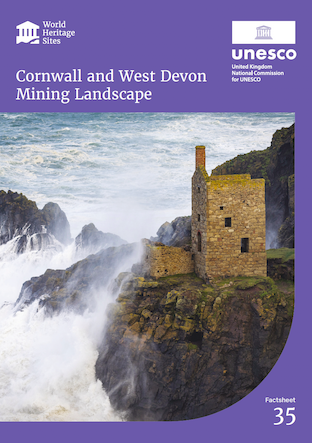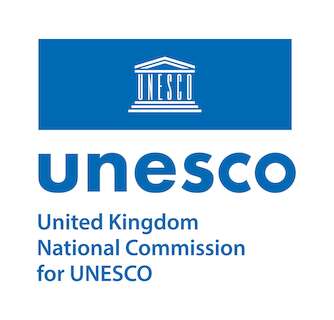Cornwall and West Devon Mining Landscape
Shaped during a period of intense industrial activity, the Cornwall and West Devon Mining Landscape World Heritage Site is testimony to one of the greatest periods of economic, technological and social development Britain has ever known. Today, it is a series of distinctive and dramatic landscapes with great stories to tell. The inscription encompasses 10 unique Areas stretching from Tavistock in the east to St Just in the west. Each Area has its combination of features that together make up the landscape.
What makes this UNESCO Designation special?
From 1700 to 1914, metalliferous mining played a vital role in transforming our way of life, providing raw materials to feed the Industrial Revolution in Britain and pioneering technological developments that helped shape the society we live in today. These innovations were exported across the world where Cornish mineworkers took their skills, technology, and traditions, creating a truly global heritage.
Today, the World Heritage Site is made up of a great many features that are internationally important. From iconic engine houses on windswept cliffs to the foundries in towns such as Hayle and public buildings in Tavistock built by the Duke of Bedford who owned many of the local mines, are some of the legacies you can see today. There are also reminders of the lives of the miners themselves in the mining settlements and mineworkers’ smallholdings scattered across the wider landscape.
Seven ‘Attributes’ give the Cornish Mining landscape its distinctive character: Mine sites (including ore dressing floors), Mine transport, Ancillary industries, Mining settlements and social infrastructure, Mineworkers’ smallholdings, Great houses, estates and gardens, and Mineralogical and other related sites of particular scientific importance.

